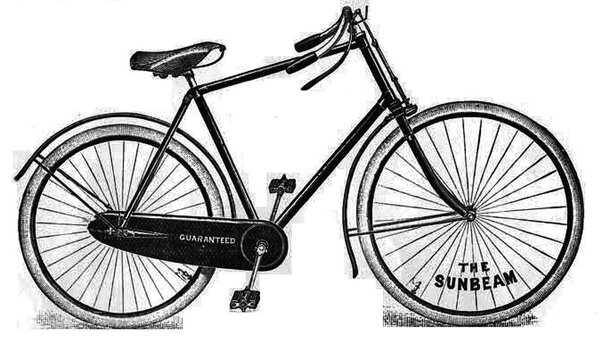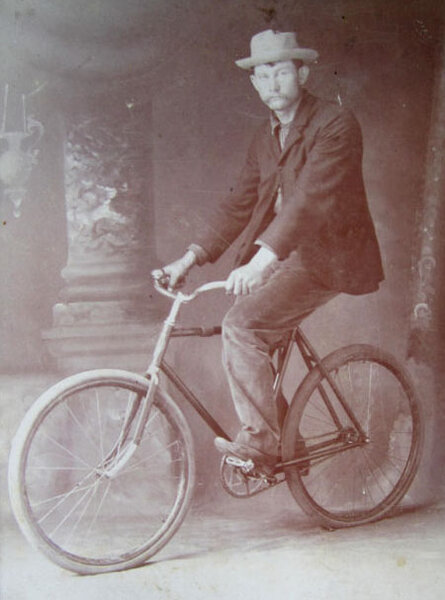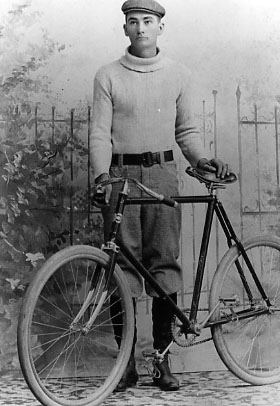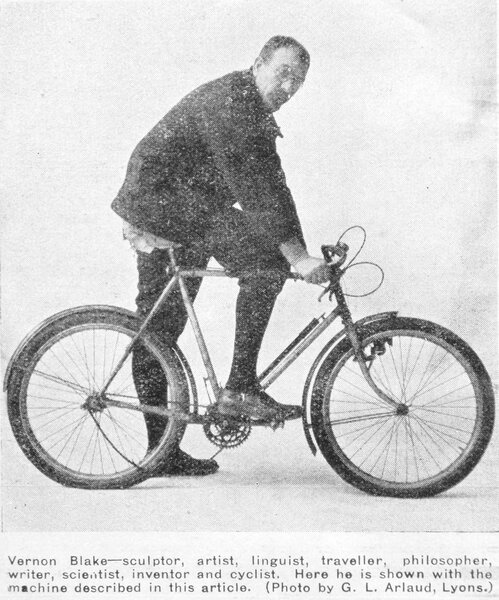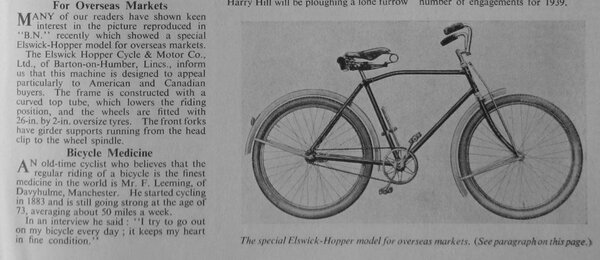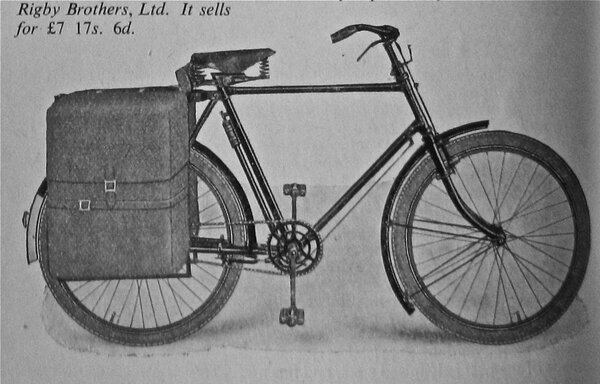Re: Re:
Mr Panda:1il6qukg said:
And of course just to muddy the waters, Dunlop simply put into production an idea patented by one of Stonehaven's finest decades before - RW Thomson, inventor of the pneumatic tyre in 1845
https://en.wikipedia.org/wiki/Robert_William_Thomson
:xmas-big-grin:
That is the same issue as we have here.
Who do we celebrate?
1/ The people who first had the idea
2/ The people who turned the idea into a reality
3/ The people who brought the product to the market so that we can buy it?
Sometimes all three areas are connected to one individual as was the case with John Kemp Starley the inventer of the safety bicycle and founder of the 'Rover' bicycle company.
More commonly as is the case with the development of the mountain-bikes in America the various roles were split:
1/ US roughstuff rider John Finley-Scott developed a bicycle with the look and features of the later mountain-bikes around 1953 but not take the idea further. In 1979 he financed the start-up of Gary Fisher and Charlie Kelly's MountainBikes company.
2/ Joe Breeze made a lightweight custom framed mountain-bike in 1977 but did not produce them for sale.
3/ Tom Ritchey made some versions of the first Joe Breeze's frame in 1979 and passed them onto Gary Fisher and Charlie Kelly to build up and sell.
4/ In 1981 Gary Fisher and Charlie Kelly displayed one of their first Ritchey framed production prototypes at the Long Beach cycle show attracting a great deal of interest from Japanese bicycle manufacturers.
5/The BMX boom was over and Japanese bicycle manufacturers, looking for the 'next big thing' raced to clone and market their own versions of the Ritchey design.
All of the above played their role in the development of what we now call mountain biking. However, there where some who's contribution was crucial and without which mountain bikes would not have developed as and when they did.
